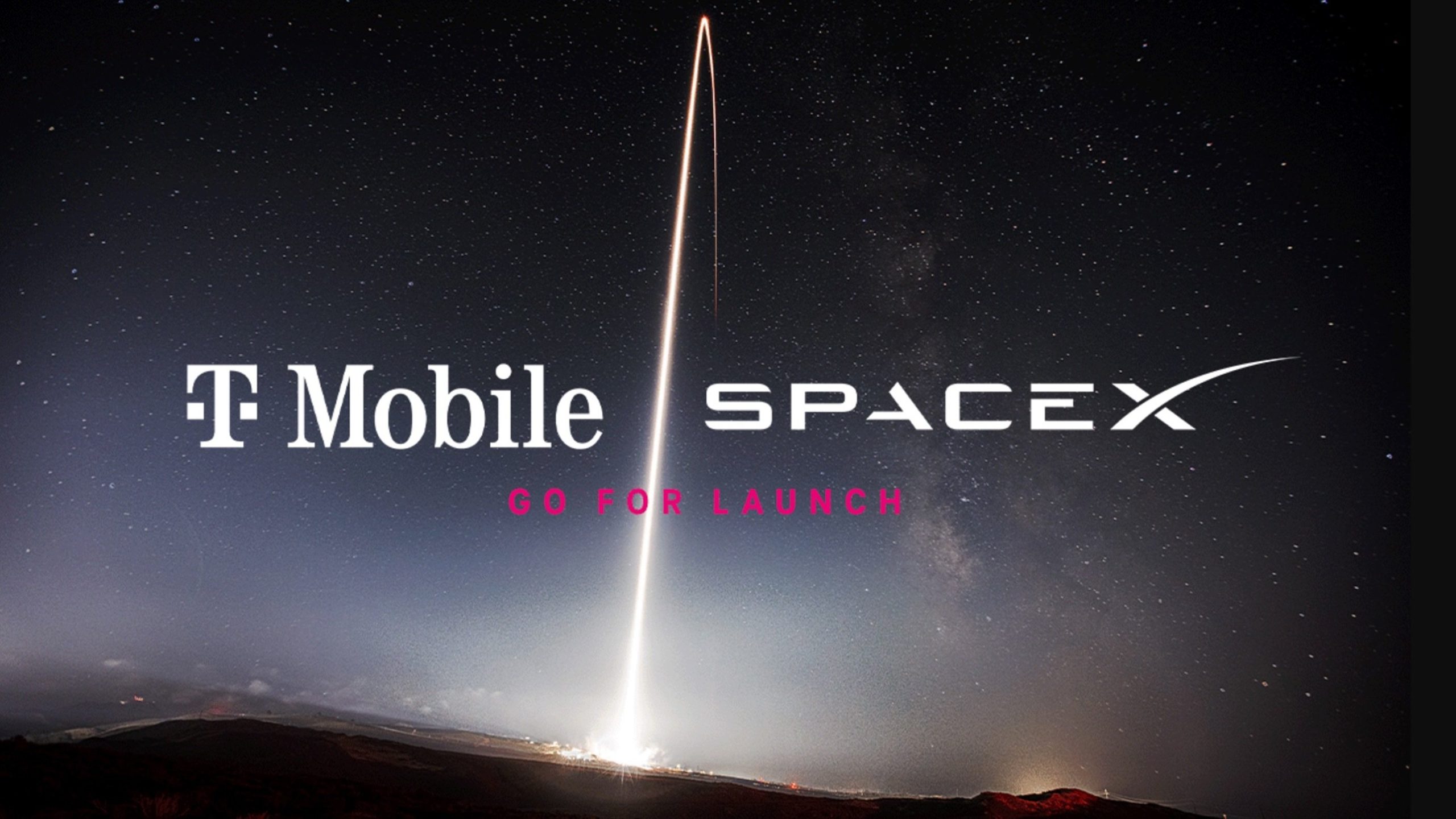T-Mobile Shines Light on Tech Over Celebrities in its Super Bowl LIX Ad
In an unexpected move for its Super Bowl LIX broadcast, T-Mobile sidelined the celebrities that usually grace its commercials. The telecommunication major decided to pivot its focus from star-studded spots to the technology that powers it. Instead of featuring the usual mix of stars like Bradley Cooper, John Travolta or Dolly Parton who have been a part of its campaigns in recent years, the new commercial is focused solely on T-Mobile’s innovative technology.
This shift in focus is in line with the unveiling of their latest service, developed in conjunction with Elon Musk’s Starlink. This service, which has been launched to address the perennial problem of cellular ‘dead zones’ across the U.S., depends on satellite connections instead of the traditional cellular network. T-Mobile aims to make it possible for users to send and receive text messages, and in future, make voice calls and use data services, even when conventional cell service is unavailable.
Breaking from its tradition, the Super Bowl commercial explicitly stated that even customers of rival networks, Verizon and AT&T, are free to make use of this service without switching their carriers. T-Mobile’s argument was simple: Every mobile phone user has at some point dealt with issues due to ‘dead zones’, and their new service aims to remedy this situation. The focus this year was thus on letting ‘the service be the star’.
The company’s emphasis on this nascent technology is expected to stoke the embers of competitive fervour in the telecommunication industry. AT&T and Verizon, too, have been seen exploring similar avenues. In a previous ad, astronaut Buzz Aldrin was shown seeking to conquer these ‘dead zones’ globally and connecting with a character receiving the texts in space.
In recent times, T-Mobile has had a few skirmishes with Verizon and AT&T over their advertising claims regarding the provision of similar technology. T-Mobile took umbrage at a Verizon commercial which suggested that customers could sign up for a comparable service on Verizon’s website – a service which T-Mobile argued didn’t actually exist.
For T-Mobile, the only American wireless brand currently offering this kind of service is the one that it’s advertising during the Super Bowl. The need for such service is not unwarranted. Mobile satellite services are projected to be a market worth $7.46 billion by 2030, as per Mordor Intelligence, a market-research firm, up from $5.29 billion in 2025.
While T-Mobile is making strides in technology, it doesn’t imply it’s stepping away completely from celebrity-studded advertisements. A separate campaign in play for a few weeks now stars personalities like Snoop Dogg, Patrick Mahomes, and influencer Kai Cenat. They are seen promoting the idea of exchanging old iPhones for a new iPhone 16 Pro and availing discounts on wireless bills.
For T-Mobile, these celebrities are seen as partners in its marketing campaigns. Additionally, its partnership with Starlink, known for providing broadband services in rural and remote areas globally, might come as a surprise to many. Starlink is a part of Elon Musk’s SpaceX venture.
‘Solving the problem of connectivity for remote areas requires a massive constellation of satellites,’ was the underlying message from T-Mobile. The company points out that Starlink is the only global player capable of delivering on this. Furthermore, the number of launches Starlink had last year surpassed the combined total of the rest of the world.
It’s worth noting that T-Mobile will be scrutinizing the response to its unique service offering with the same diligence it would apply to its celebrity endorsements. The company will assess the effectiveness of this new ad campaign based on established parameters such as customer recall and likeability.
Should the new service announcement be well-received and perform well on their internal measures, there’s a good chance we might see a repeat performance from T-Mobile at the next Super Bowl. And perhaps, in the future, the consideration won’t be whether a new star is ready for the Super Bowl, but if the Super Bowl is ready for T-Mobile’s next star, its technology.


